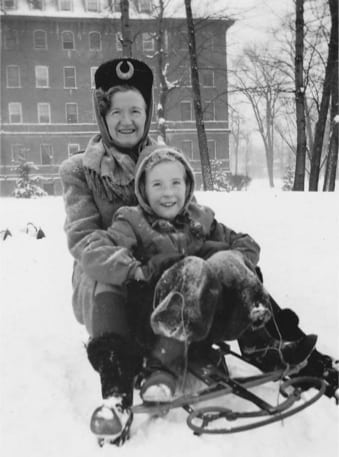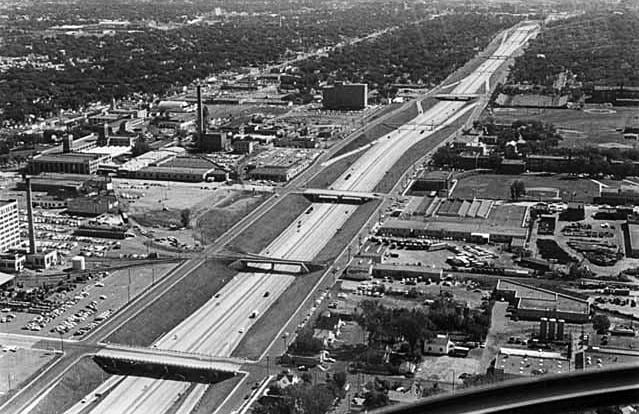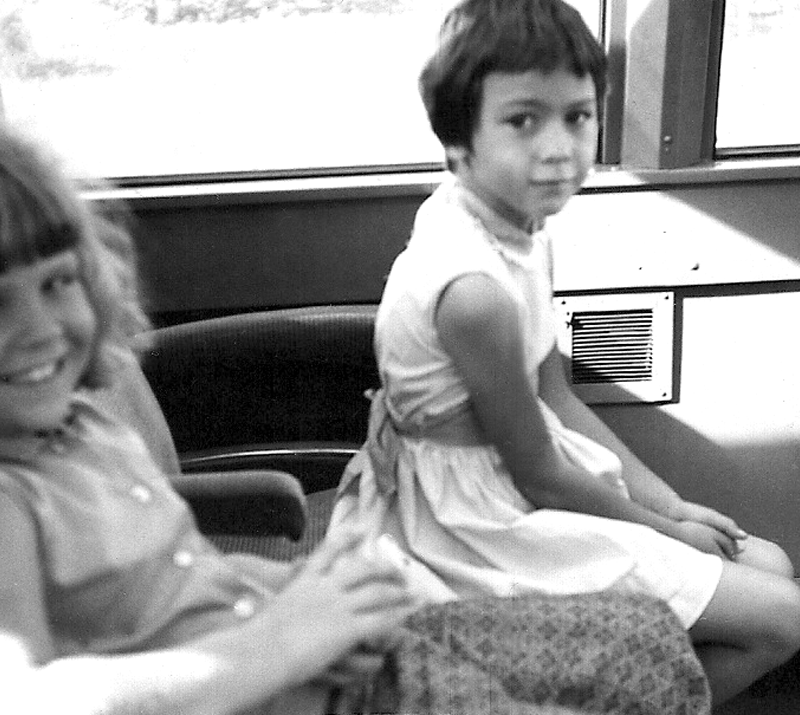
A Misty Dream of Glacial Saint Paul
2015
For the past few summers, I have led geology tours around the Twin Cities for community education courses. The tours usually involve features such as caves, springs, and waterfalls.

A Stranger’s Opinion of St. Paul
2014
Harriet E. Bishop is a name familiar to anyone interested in the history of Saint Paul. Born in Vermont, Bishop came to Minnesota in 1847 and here achieved many firsts—Saint Paul’s first teacher, founder of the first Sunday school in Minnesota, first leader of the women’s suffrage movement, and a driving force behind several social movements. She was well known in the city’s literary circles and wrote about Minnesota and Saint Paul, though her writings often include language that today would be considered racist, revealing attitudes toward Native Americans common to the era but whose effects are still felt to this day.

City Dumps: When “Away” Was Near
2013
To me, the rusty fifty-gallon steel barrel near the alley in the northeastern corner of our back yard had been there forever. It was where the wrapped-in-newspaper food scraps and other assorted discards were deposited. When I got tall enough to reach over the top, I was allowed to carry the matches and light the scary fire that daily burned the ragtag contents. Once the barrel got about half-full of ashes, Dad took it to the dump to empty it, and I got to go with him...

Saint Paul’s Big River Journey
2013
Each fall and spring since 1996 we’ve loaded students aboard one of the Padelford Packet boats at Harriet Island. Their mission is to learn about how they are connected to this amazing body of water. The joint project between the Padelford Company, the DNR, and the Science Museum of Minnesota is called the Big River Journey. Six times a day we squeeze fifteen to twenty fifth and sixth graders into the wheelhouse to talk about the school subjects that help a person become a riverboat pilot. Anyone who thinks smaller classroom size has no impact on the quality of education can come spend a day of Big River Journey with me.

They Build Ice Palaces There!
2013
When I was eight years old and living in Pennsylvania, my father took a new job in Minnesota at the Saint Paul Foundry. He and my mother had immigrated to America from Scotland and always spoke lovingly of their hometown of Edinburgh, but work opportunities were better in America.

Bridge
2013
There’s no time in traffic on 35E to honor a place such as this—my old neighborhood in ruins. In one second my car wheels cover what was once my brothers’ bedroom with the nursery rhyme floor.

Pig’s Eye Island Adventure
2012
When I was growing up near Mounds Park during the fifties and sixties, fresh milk was delivered to our stoop like clockwork; however, no one came to haul away the refuse. A big, rusty metal drum in our back yard received the trash instead. When it got full, my father lit it on fire. Items you couldn’t burn—bottles, cans, old plastic toys—were driven to the Pig’s Eye Island City Dump. My brother almost always got to go with Dad to the dump, a fact that he lorded over his little sisters. But sometimes we got to go too.

Meridel LeSueur Recalls Swede Hollow Before Prohibition
2012
Patrick Coleman writes: "LeSueur was perhaps Minnesota’s most famous proletarian writer, so it is not surprising that she wrote about the humble people of Saint Paul’s Swede Hollow. The following selection was written during Prohibition, ushered in by passage of the Volstead Act in 1919." Extract from Meridel LeSueur, “Beer Town,” Life in the United States: A Collection of Narratives of Contemporary American Life from First-Hand Experience or Observation (Charles Scribner’s Sons, 1933); pages 31–33, 40.

Radio Crew
2012
Although I live in Minneapolis, I have a strong connection to Saint Paul. When I worked as a legal secretary in downtown Saint Paul, I could see across the Mississippi from my twenty-second-floor window to where my mother, Ione, worked in 1943 during World War II: Holman Field. Born in Spicer, Minnesota, Ione moved to Minneapolis in her early twenties. During the war, she had a long commute from North Minneapolis to her job in Saint Paul: A bus took her to downtown Minneapolis, then a streetcar brought her to downtown Saint Paul, and a shuttle carried her across the Robert Street Bridge to the Northwest Airlines Modification Center, where she worked on a radio crew for the B-24 bomber plane known as the Liberator.

High Water
2011
A grizzled old towboat mate of twenty-six named Steamboat Bill explained the dangers of working in high water to me in very simple, very direct terms. “Rule number-one is: Don’t fall in! If you fall in, you’re dead. It’s that simple. The current will drag you under and you’ll drown!” He told me this from the deck of a barge moored in South Saint Paul in the spring of 1975, when the Mississippi River was rising fast. Years later I watched as another young deckhand learned this lesson.

New faces at the Almanac; Flooding in Saint Paul… then and now; New writing from Patricia Cummings, Tim Nolan, Marianne McNamara and Wendy Brown-Báez
2011
New faces and organizational growth for Arcata Press, publishers of the Saint Paul Almanac Arcata Press, publisher of the Saint Paul Almanac, is pleased to announce the recent hiring of
